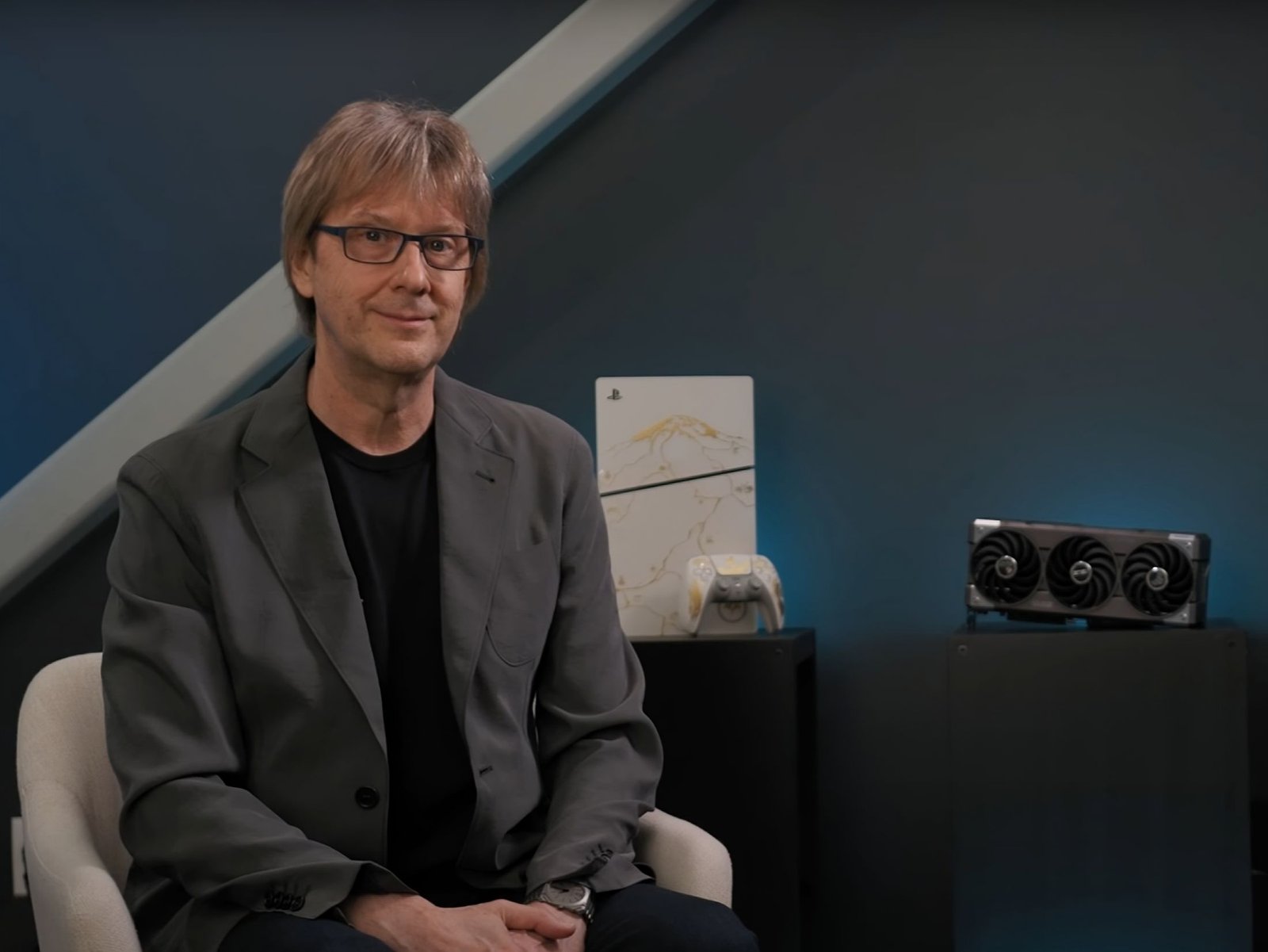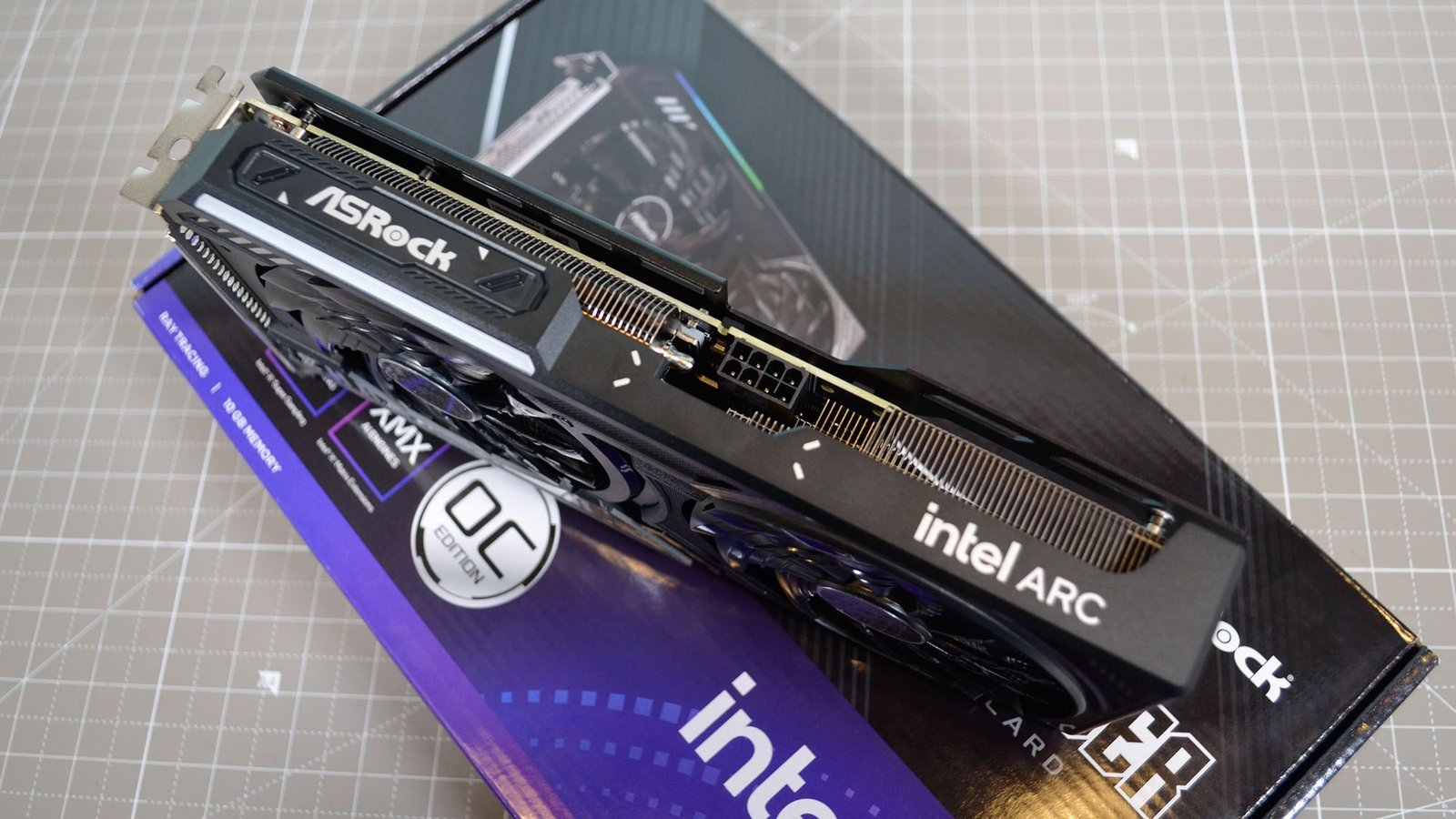AMD and Sony have detailed three co-engineered foundational technologies destined for next-gen gaming hardware, including the PS6.
In a joint presentation, AMD’s Jack Huynh was joined by PlayStation architect Mark Cerny to detail the innovations set to enhance real-time graphics through advancements in machine learning, ray tracing, and data compression.
The collaboration between the industry giants, which has already produced technologies like FidelityFX Super Resolution (FSR) and PlayStation Spectral Super Resolution (PSSR), is now focused on solving the fundamental bottlenecks that limit today’s gaming experiences.
Cerny confirmed the ambitious nature of the work, noting he is “really excited about bringing them to a future console in a few years”. Taking his comments literally, it sounds like gamers and game developers can expect the PS6 to release in 2028. However, for now, these systems currently exist only in simulation.
Neural arrays: Smarter silicon for the PS6 and beyond
The first major innovation addresses the growing importance of machine learning in rendering. While ML has become a “real tool for developers,” its neural networks are incredibly demanding on a GPU.
Cerny explained that a GPU’s design – where problems are broken into “bite-sized pieces” for individual compute units – can lead to inefficiency when tackling large, complex AI models. To solve this for next-gen gaming, AMD and Sony developed what they are calling ‘neural arrays’ that will almost certainly feature in the PS6.
“Instead of having a bunch of compute units all working on their own, we built a way for them to team up, to actually share data and process things together like a single focused AI engine,” Huynh explained.
By connecting compute units within each shader engine, this approach creates a more scalable and efficient architecture for neural rendering. This allows for bigger machine learning models with less overhead, which will directly enhance upscaling and denoising technologies.
Cerny believes the efficiencies gained will be a “game changer” for the next generation of gaming systems. For gamers, this translates into cleaner visuals, smoother gameplay, and more headroom for developers to build immersive worlds.
Radiance cores: A dedicated path for light
The second breakthrough towards enabling next-gen gaming targets the ever-increasing demands of ray tracing and path tracing.
Cerny noted that the current approach has “reached its limit,” as shader programs must juggle the two distinct and intensive responsibilities of ray traversal and scene shading. This involves digging through complex data structures to find where rays intersect with scene geometry while simultaneously handling textures and lighting.
The solution for next-gen consoles like the PS6 will be a new piece of dedicated hardware named ‘radiance cores’. Huynh explained that this hardware block is designed for unified light transport and “takes full control of ray transversal, one of the most compute heavy parts of the process”. By offloading this task, the GPU’s shaders are freed up to focus entirely on shading and lighting, resulting in a “cleaner, faster, and more efficient pipeline”.
Cerny elaborated on the benefits, stating there is a “significant speed boost that comes from putting the traversal logic in hardware, and a further boost that comes from having that hardware operate independently from the shader cores”. This specialised hardware promises to push real-time lighting performance to a new level, enabling developers to implement more cinematic and realistic visuals in their games.
Universal compression: Breaking the bandwidth barrier for next-gen gaming
The final piece of the puzzle tackles what Huynh described as a critical bottleneck for both machine learning and ray tracing: memory bandwidth.
Current GPUs, including those in the PlayStation 5 and PlayStation 5 Pro, use a system called Delta Colour Compression (DCC). While effective, DCC is limited as it only works on specific data types like textures and render targets. The new system, dubbed ‘universal compression,’ will take this concept much further for next-gen consoles like the PS6.
“It’s a system that evaluates every piece of data headed to memory, not just textures, and compresses it whenever possible,” Huynh explained. By ensuring only essential bytes are transferred, memory bandwidth usage is dramatically reduced.
This efficiency has wide-ranging benefits, including the ability to use higher fidelity assets, achieve higher frame rates, and lower power consumption.
Cerny expressed his anticipation for discovering “to what degree the effective bandwidth of the GPU will exceed its paper spec”. He also pointed at the “synergies that universal compression has with neural arrays and radiance cores,” suggesting the three technologies are designed to work in concert to deliver a generational leap in performance.
Together, these co-engineered innovations from AMD and Sony represent a departure from sheer brute-force performance and towards a smarter and more specialised architecture for next-gen gaming like the PS6 is set to herald in a few years. As Huynh concluded, the goal is about “empowering the creators and communities that make gaming what it is”.
See also: Larian exec: Human vision, not AI, will fix gaming’s problems

Want to learn more about AI and big data from industry leaders? Check out AI & Big Data Expo taking place in Amsterdam, California, and London. The comprehensive event is part of TechEx and is co-located with other leading technology events including the Cyber Security Expo, click here for more information.
Developer is powered by TechForge Media. Explore other upcoming enterprise technology events and webinars here.




